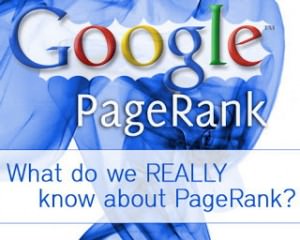If you have a website for your business, you should know the importance of how your website ranks in search engine results. When a web user searches for information on the web and gets pages of results, the results that appear at the top will most likely get the click-throughs. Results that appear lower may not even get the chance to be looked at. Therefore, if you want to increase traffic to your website, you should make sure that your website is properly optimized for the web. Read this article to learn more about Google Places Optimization strategies that you can use.
How to Rank Your Website on Google
 Search for some keywords that you think people will use when they want to look for information in your business industry. Look at the results that you get, and find out where your website is according to rank. Do not be disappointed if you see your website down several pages into the results. If you had not strategically optimized your website, chances are your page rank is not very high. The good news is that you can do a lot to improve your site’s ranking.
Search for some keywords that you think people will use when they want to look for information in your business industry. Look at the results that you get, and find out where your website is according to rank. Do not be disappointed if you see your website down several pages into the results. If you had not strategically optimized your website, chances are your page rank is not very high. The good news is that you can do a lot to improve your site’s ranking.
Google Places Optimization is all about the strategic use of keywords. Identify and write down some words that are the most relevant to your business. Look through your content, and see where you are using those words. The most relevant keywords should be used in your title and paragraph headings. They should be used in the meta tags in your code, in the title tag as well as the description tag. Information in these two tags make up the entry for your website in search results. People will read the description and determine if your website will be worth their time in visiting.
Optimizing Searchable Content on Your Website
In your website’s content, you should be linking to other sites that are relevant to your business and to the anchor words. Search engine bots take both sides of link into consideration. If it finds relevancy at both ends, the anchor word would carry more weight because it is relevant to its context and it is relevant to the page it is linked to.
If you do not have a sitemap already, you should create one. The sitemap actually helps the search engine crawler to index your site faster. It follows the link from one page to the other, and it sees how each page is interconnected. Having a sitemap puts everything link together on one neat page.
Do not use Flash on your website if you can avoid it. A Flash element has no text that the search engine crawler can index. To the web visitor, he can see text and moving images, but to the crawler, there is no text in the code. Whatever information you put in your Flash element will not be indexed.
These tips will get you started with a better optimized website. Refine your Google Places Optimization strategy as you monitor your website’s performance. As you apply tips like the ones above, your website will gradually climb in rank.